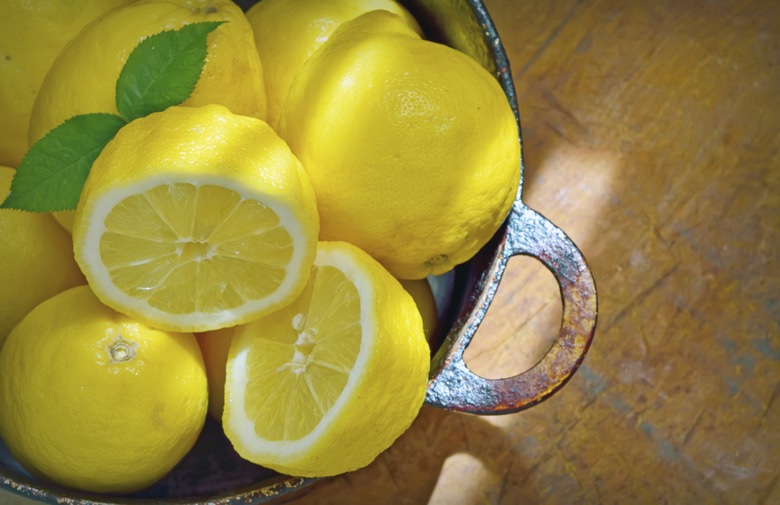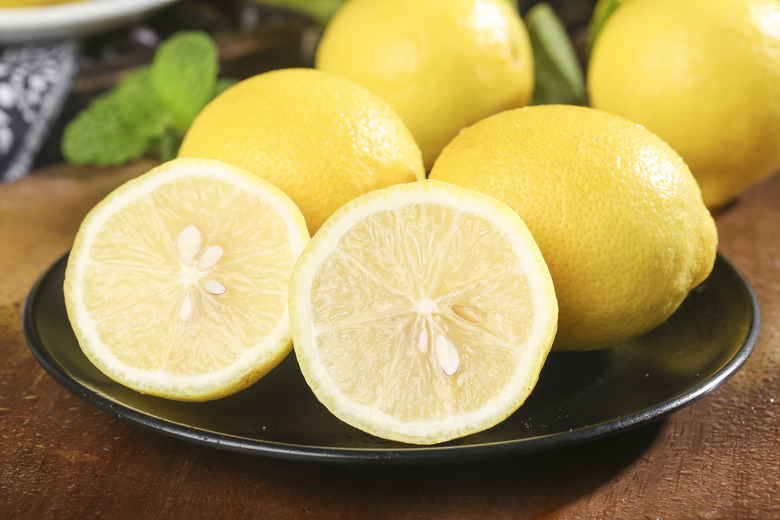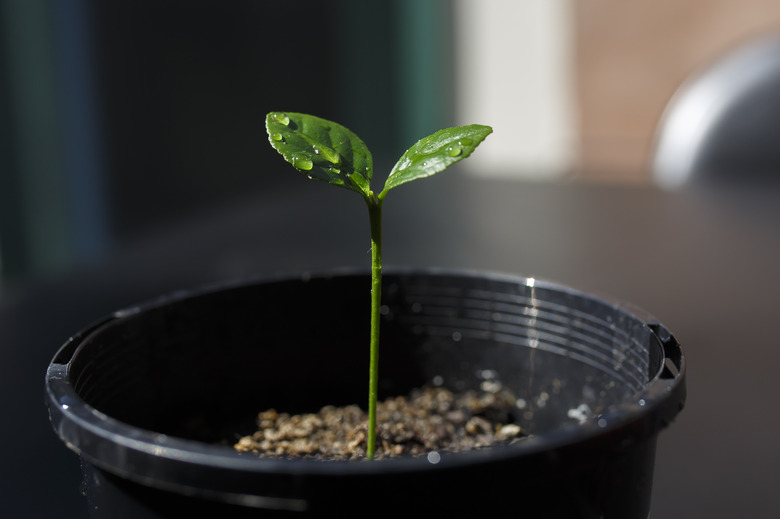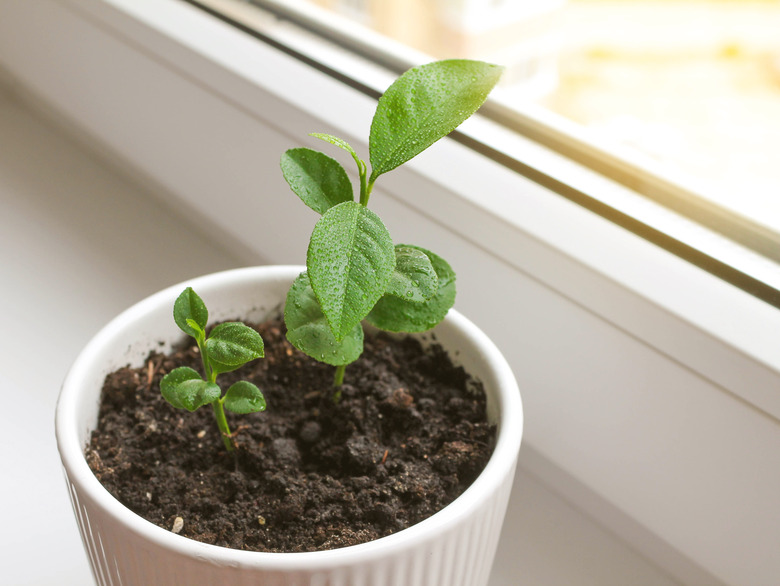How To Sow And Germinate Lemon Seeds
Is There a Use for Lemon Seeds?
One of the only practical uses for lemon seeds is to plant them and watch them grow. Lemon trees (Citrus x limon) do best in USDA plant hardiness zones 9a to 11b, where they are grown for their edible fruit, fragrant blossoms and attractive evergreen foliage. Most lemon trees sold in nurseries are grafted to ensure certain characteristics, but you can grow a tree from a lemon seed that you sprout yourself, if the seed is fresh.
Seed-grown lemon trees will not produce fruit that is of the same quality as the original and **the trees may take a decade to bear fruit,** but sprouting a lemon seed to grow a new tree is nonetheless an interesting and inexpensive experiment for curious home gardeners.
Tip
Some hybrid or genetically modified lemon varieties produce no viable seeds, so take seed from heirloom varieties whenever possible.
Gathering Lemon Seeds
One of the benefits of lemon seeds over seeds of other types is that they are large and easy to gather. What matters most is that you take seed from a ripe lemon, preferably fresh from a tree. A store-bought lemon may also produce viable seed, but fresher is always better when it comes to gathering lemon seeds.
1. Cut a lemon in half using a sharp knife that has been wiped down with rubbing alcohol or household disinfectant. 2. Pick out a few of the small, pale seeds and put them in a wire mesh strainer. Avoid gathering seeds with dark spots or obvious signs of damage. 3. Wash the seeds in cool water to remove the pulp and juice, because the sugar content will attract and feed fungal growth, which can kill the seed or the seedling it produces.
Lemon seeds need to be soaked overnight in fresh water to soften the seed coat. Soaking the seeds will also reveal any bad seeds because good seeds are heavy and will sink, while bad seeds will float to the surface.
Tip
Sort the good seeds that sink and discard any with signs of damage.
Sowing Lemon Seeds
Unlike many seeds, lemon seeds will not germinate if they dry out, so it is important to sow them as soon as possible after gathering and soaking them. Prepare a pot before removing the seeds from their soaking water.
1. Fill a small plastic nursery pot with moist seed-starting compost or potting soil. Leave the top 1/2-inch of the pot empty. 2. Remove the seed from the soaking water. Press your fingernail gently against the seed to create a split in the seed coat but don't press so hard that you split the seed in half. 3. Poke a 1/2-inch-deep hole in the center of the soil, which is deep enough to hold a seed from a lemon. Plant seeds horizontally to allow the the sprouts to emerge at either end. Cover the seed with soil and pat the surface.
Tip
If you cannot split the seed coat with your fingernail, try using small manicure scissors to snip the end of the seed.
Germinating Lemon Seeds
Start lemon seeds indoors near a bright, sunny window with southern or western exposure where it stays warm. Light is not needed for the germination process, but temperatures must be at or above 70°F for the seeds to sprout. If temperatures are cold, set the pot on top of the refrigerator or on a propagation mat.
Tip
Lemon seeds need continuous moisture to sprout, but sodden soil can cause the seed to rot. So water only when the soil feels dry on the surface.
Covering the pot with a plastic bag or a piece of plastic wrap will help hold moisture and warmth around the seed, which will reduce the need for regular watering.
A lemon seed kept under warm, moist conditions will sprout in two weeks or so. After the seed sprouts, set the seedling near a window or under grow lights so that it won't become leggy and weak.
Grow lemon seedlings under nursery conditions for a year or so before transplanting it into a garden bed or a large pot.



